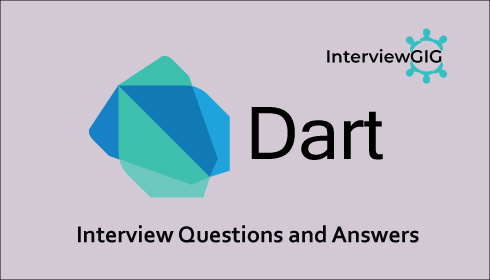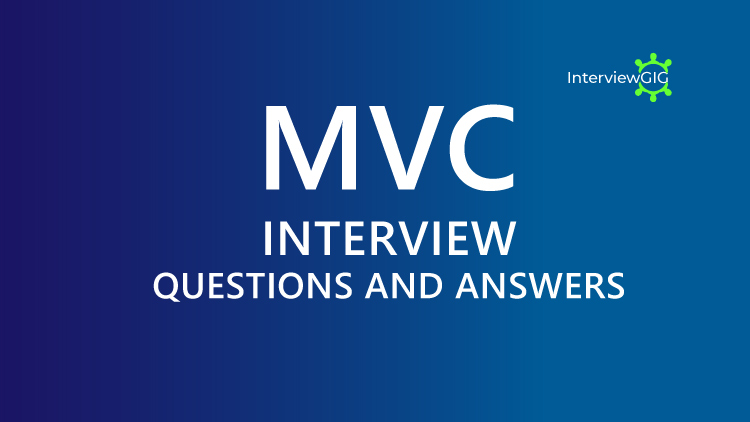Salesforce –Understanding Microsoft Dynamics GP and CRM Integration
In the business landscape of today, CRM-ERP data integration is a crucial component in day-to-day operations. This is especially true for businesses that still make use of legacy systems such as Microsoft Dynamics GP in conjunction with customer relationship management solutions. Due to Dynamics GP’s age and the specific intent built into it–GP specializes in supply chain and inventory management, as well as financial management, payroll, and field services–it’s generally used alongside another solution geared specifically towards managing and implementing customer information. To bridge the gap between these two programs, companies such as Rapidi specialize in data integration services that allow businesses to unify their disparate data pools into a single point of truth.
Microsoft Dynamics GP-Salesforce Data Integration 101
Data integration refers to any situation in which two programs are working in tandem to create a unified data pool, which then functions as a singular reference point from which a business’s constituents can operate. Many businesses implement a CRM (customer relationship management) such as Salesforce, as well as an ERP (enterprise resource management) solution such as Dynamics GP, as they are geared towards the customer-facing and internal management processes respectively. While there exist certain CRM and ERP solutions that claim to combine the two, it’s difficult to replace the specialization that comes with unique programs, and the years of optimization that have produced CRM solutions such as Salesforce or the Dynamics product suite.
Data integration is not always a simple and straightforward task, which is why it is vital that whoever is spearheading the integration project is knowledgeable and experienced with regard to both systems and their quirks.
What Are My Data Integration Options?
Microsoft created “Integration Manager” to help import data into Dynamics GP; it’s a relatively simple tool that allows users to extract data from an external database and slot it into Dynamics GP, no programming or coding skills required. However, although Integration Manager can help businesses solve simple, one-way integration scenarios, it is far from the most comprehensive solution available; it won’t even allow for two-way integration between GP and Salesforce.
Web Services for Dynamics GP are another option when it comes to integration assistance. In essence, the web service allows access to documents within Dynamics GP such as accounts, customers, receivables, or purchases. That said, the issue of configuration or the addition of new transfers won’t always be as streamlined as with pre-configured Microsoft Dynamics GP-Salesforce integration solutions.
Preconfigured data integration solutions such as RapidiOnline makes things simple and intuitive. Rapidi has developed its Microsoft-certified integration solutions based on decades of experience and best practices. Customers worldwide can testify to the immediate benefits that accompany Rapidi’s quick and painless implementation.
What Are Some Data Integration Pitfalls to Avoid?
There are a few obstacles that can get in the way of a painless data integration project. To begin with, many organizations collect data through a variety of means: CRM, billing software, marketing apps. Each of these programs is likely overseen by a different team, who likely have their own distinct methods of handling the data.
Another common issue is out-of-date information. If an organization lacks common data entry protocol and standards, you will inevitably end up with redundant, inaccurate, and out-of-date information. When this is the case, your data pool–and any resulting analysis–becomes untrustworthy.
How Can Dynamics GP-Salesforce Integration Help My Business?
When an organization’s systems are properly integrated, data collection and conversion are simple and intuitive, and the resulting analysis is trustworthy and useful. Businesses can rest assured knowing that they’re basing their decisions on information that is up-to-date and relevant. Not only that, but a 360-degree view of business intelligence, customer profiles, and analytics means better customer service, which results in a higher quality customer and partner experience.
What is the First Step on the Path to Fully Integrated Data?
Rapidi has existed as a pioneer in the realm of data integration and replication for nearly thirty years. As a Microsoft-certified partner, they are able to seamlessly integrate any Microsoft ERP with Salesforce, or your CRM of choice. Rapidi’s highly advanced technology compresses and encrypts data so that it is secure from start to finish. Their highly robust yet flexible data integration solutions are pre-configured and ready to go “out-of-the-box”.
However, if none seem to fit just right, Rapidi can work alongside your organization to craft a custom solution that will meet your every need. Remember–most businesses today have access to more data than they know what to do with. Data integration allows your organization to access, sort, and maintain those elements most vital to your business’s success and growth. In an increasingly competitive market, your organization needs every tool in its arsenal in order to get and stay ahead. Don’t put off that data integration project! Your bottom line will thank you.






